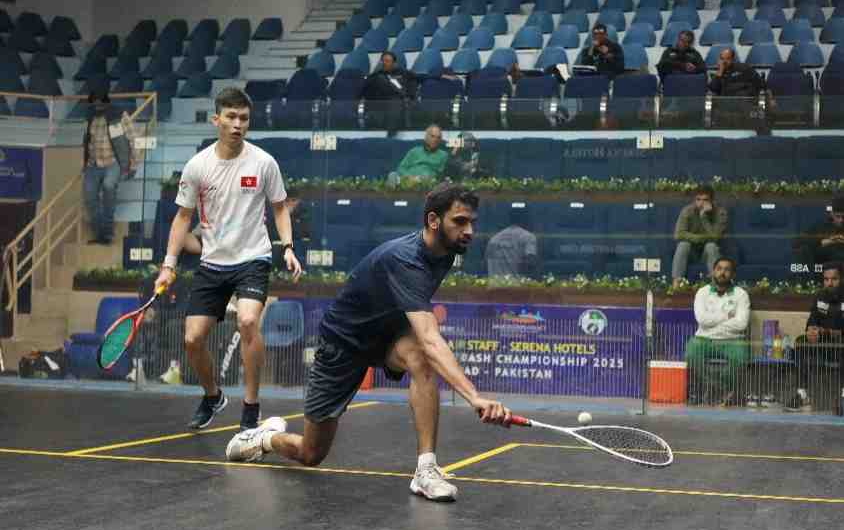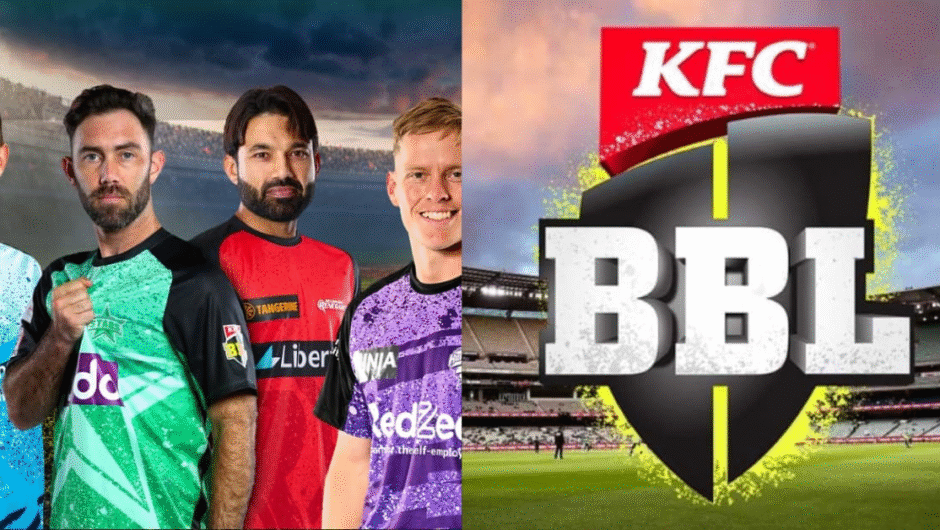Human Drivers, Not Full Autonomy
Tesla is preparing to roll out a chauffeur-style ride service operated by human drivers in the San Francisco Bay Area, according to the California Public Utilities Commission (CPUC). This move directly contradicts earlier media reports suggesting Tesla was on the brink of launching a fully autonomous robotaxi service in the region. The CPUC clarified that Tesla does not have the permits required to operate autonomous vehicles and has not applied for them either.
Unlike Alphabet’s Waymo, which has spent nearly a decade navigating California’s regulatory landscape to operate driverless robotaxis, Tesla is constrained to offering services using non-autonomous vehicles with human drivers behind the wheel.
What Tesla Can Legally Operate
The CPUC stated that Tesla can only provide rides in vehicles driven by humans. Even if Tesla were to use its Full Self-Driving (Supervised) system, which automates many driving functions, the service would still require a human driver who is attentive and ready to take control at all times. Because of this requirement, the system does not fall under the legal definition of autonomous driving in California and therefore doesn’t need special permits from the state.
As of now, Tesla holds a permit that allows human drivers to offer chartered rides in traditional vehicles. The company told the CPUC it plans to use this license to transport “friends and family of employees” as well as “select members of the public.”
Robotaxi Vision Still in Development
Tesla CEO Elon Musk and Ashok Elluswamy, head of Tesla’s self-driving division, have both recently discussed Tesla’s ambitions for launching robotaxis. On Tesla’s latest earnings call, Musk claimed the company was in the process of getting regulatory approvals to launch such services in the Bay Area and other markets. Elluswamy added that Tesla would begin operating robotaxis “with the person in the driver’s seat” to move forward while waiting for official clearance.
However, the CPUC made it clear that Tesla cannot legally test autonomous vehicles for public transport in California without proper permits—even if a human safety driver is present.
Lessons from Waymo’s Regulatory Journey
Tesla’s approach contrasts sharply with that of Waymo, the autonomous driving arm of Alphabet. Waymo spent over nine years testing, logging over 13 million miles in California, and acquiring multiple regulatory permits before it was granted permission in 2023 to operate driverless robotaxis and charge passengers.
In comparison, Tesla currently only holds a DMV permit to test autonomous vehicles with a safety driver. The company has not applied for additional permits necessary for either collecting fares or testing vehicles without a safety driver present. A DMV spokesperson confirmed Tesla recently met with the department but has yet to take further steps.
According to California’s framework, the next step for Tesla would be applying for a CPUC license to pick up passengers using an autonomous vehicle that includes a safety driver. This phase does not allow the company to charge fares and serves as a pilot stage before broader deployment is considered.
Pilot Program Already Underway in Austin
Tesla has begun experimenting with robotaxi-style services in other areas. Last month, the company launched a small trial in Austin, Texas, using about a dozen Model Y vehicles. In that program, vehicles ran on Tesla’s autonomous software while a human safety monitor sat in the passenger seat. Only a limited number of invited passengers participated in the test.
This pilot effort seems to reflect Tesla’s strategy of inching toward autonomy while remaining within regulatory boundaries. It also highlights the company’s broader ambition to enter the robotaxi market, even though significant hurdles still lie ahead, especially in states like California with rigorous oversight.
Topics #Full Self-Driving Bay Area #Tesla autonomous permit #Tesla chauffeur service #Tesla robotaxi California #trending pakistan




